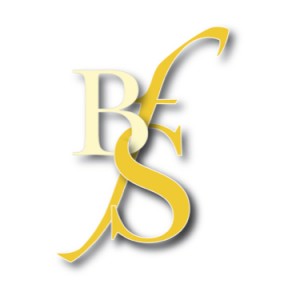Sonata for Bass Flute (or Flute) and Piano
- Uses extended techniques

Pan - Journal of the British Flute Society
Debussy's Cello Sonata is subtitled Pierrot is angry with the moon, and this evocative phrase provides a fertile starting point for Simon Desorgher's creative arrangement of this celebrated work. Desorgher understands the bass flute intimately; his years of experience as a performer and experimenter shine through in this arrangement. Some of the techniques appear problematic at face value (eg tongue pizzicato notes in the high register) but Desorgher carefully explains the technique he adopts to get the sound he has in mind. The understanding of the instrument also comes through in the colours used, making use of the full range of the instrument (from low B to high C) effectively, with its rich, sonorous low register and less bright upper range.
Different techniques are used to mimic the sound of the cello, such as pizzicato, singing and playing and flutter tonguing effects. These are always used for colour variety, and therefore do not seem out of place in the context of Debussy's music.
This is an enjoyable arrangement which demonstrates the bass flute's capacity as a versatile instrument.
Carla Rees
From the Publisher
Debussy's late-composed Cello Sonata arranged here by Simon Desorgher, with all of the cello pizzicato, double-stopping, strumming and harmonics re-created using contemporary bass flute techniques.
Debussy subtitled the Sonata "Pierrot goes crazy with the moon". Hopefully this creative arrangement lives up to Debussy's wishes!
The bass flute part can also be played on concert flute. The bass flute is preferable as it relates more to the cello register and tone colour. The larger bore of the bass flute also allows more of the air and tongued pizzicato sounds to resonate fully.
Movements
- Prologue
- Séréntade et finale
- Finale
Item Details
Instrumentation
- Part 1: Bass Flute or Flute
- Part 2: Piano
Publisher: Just Flutes Edition
Publisher's reference: JFE033
Our Stock Code: 1634167
Media Type: Paperback (28 pages [score])





